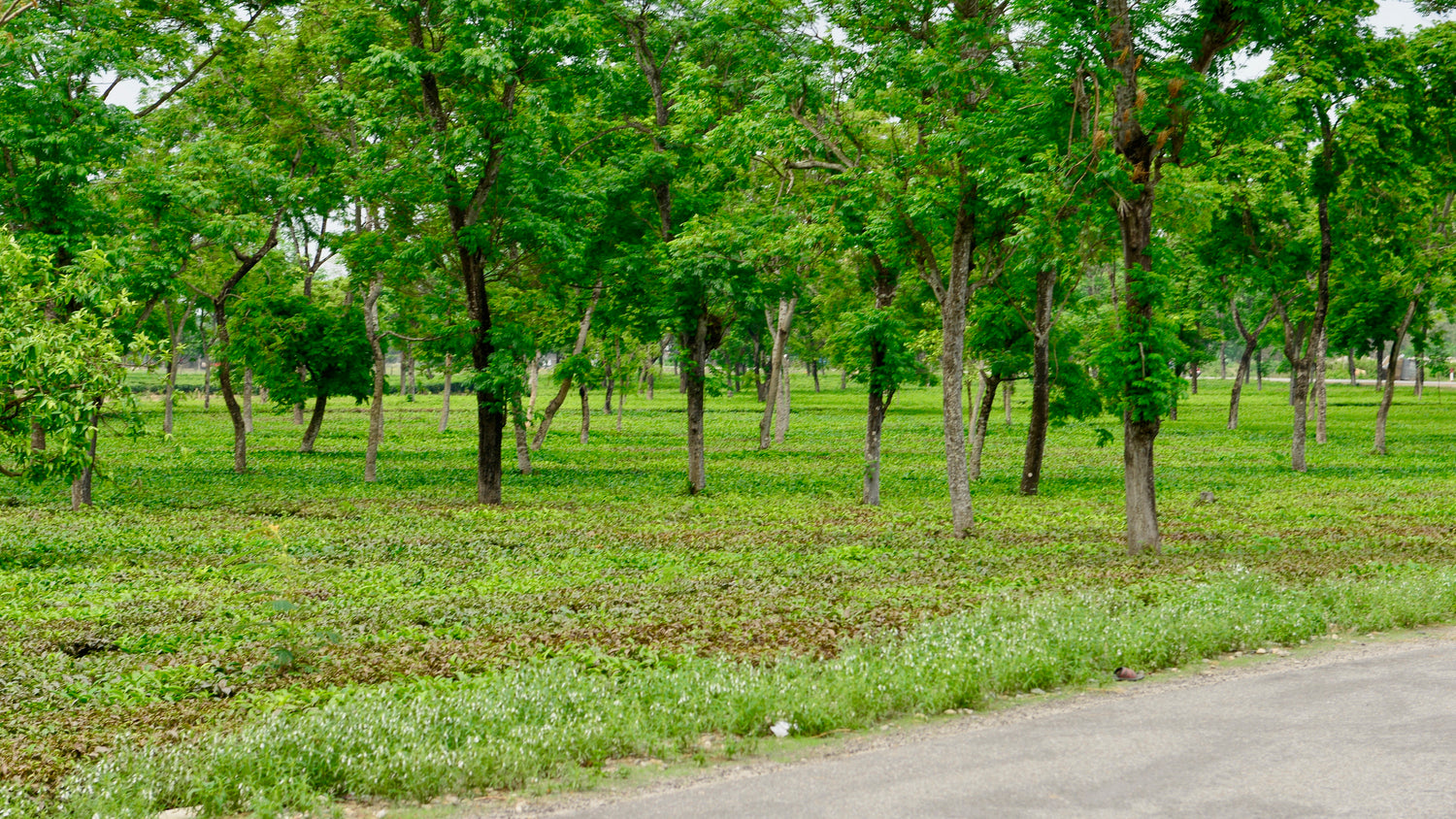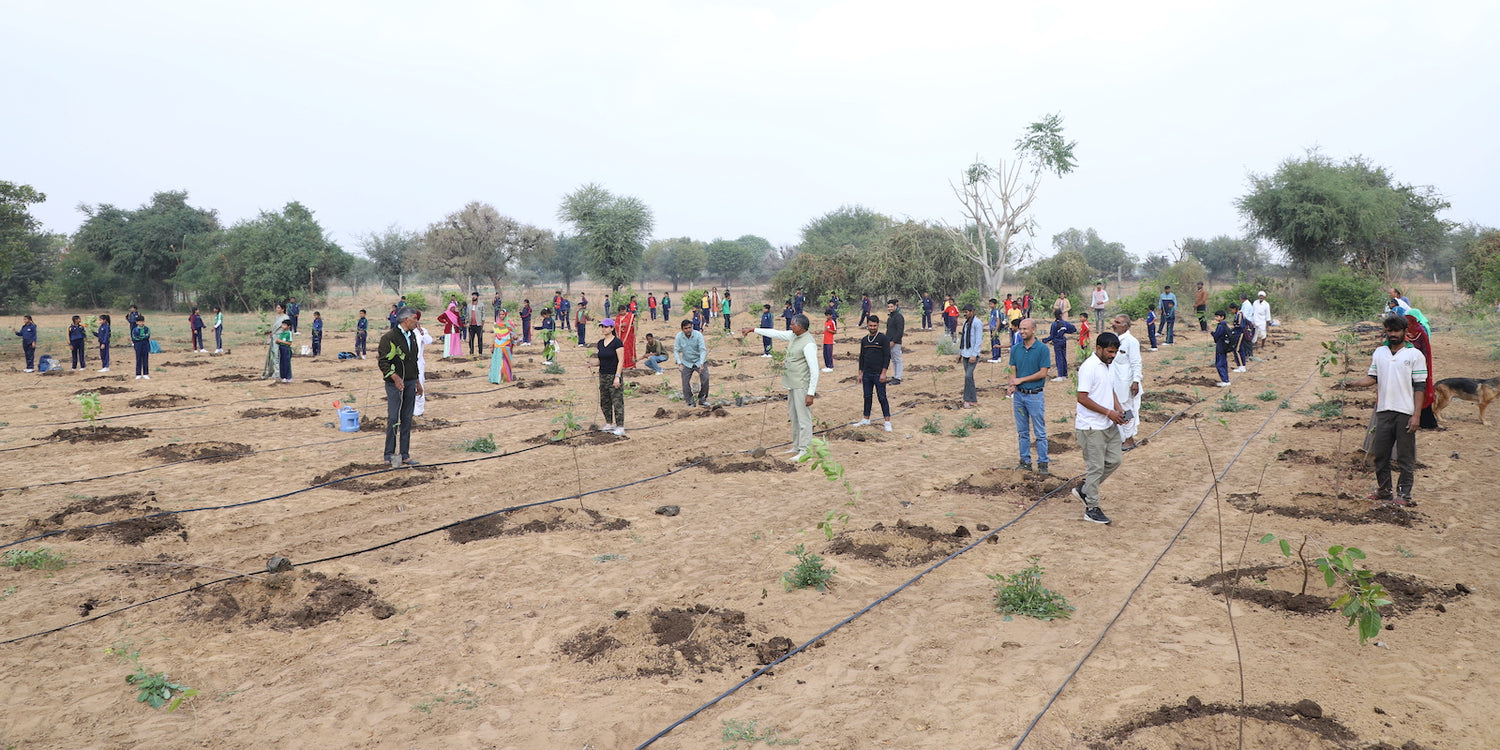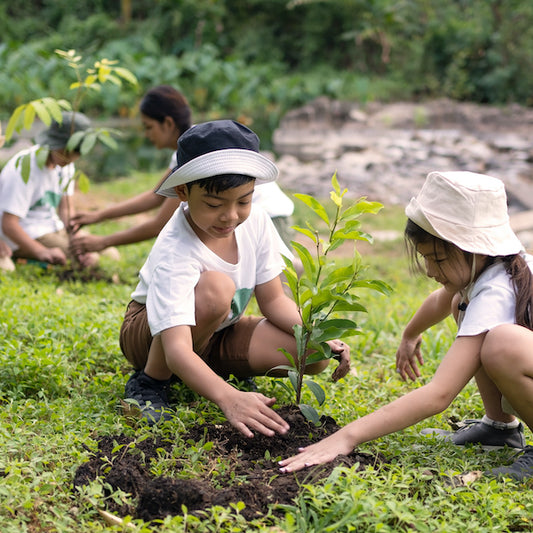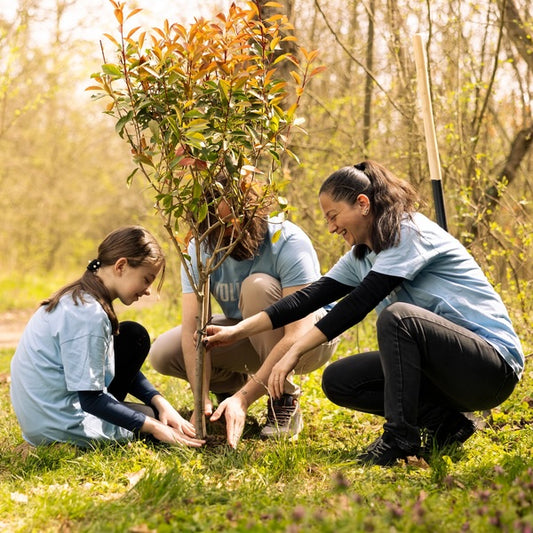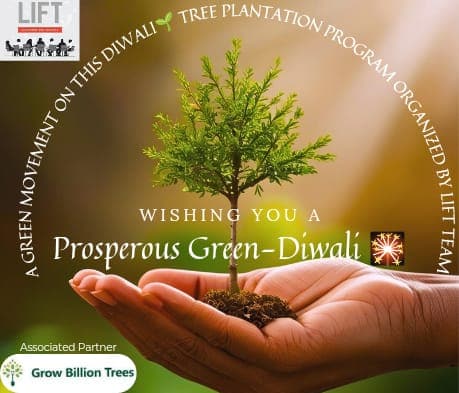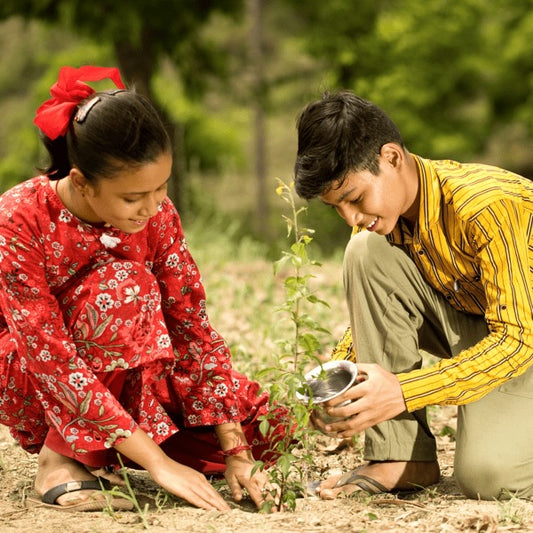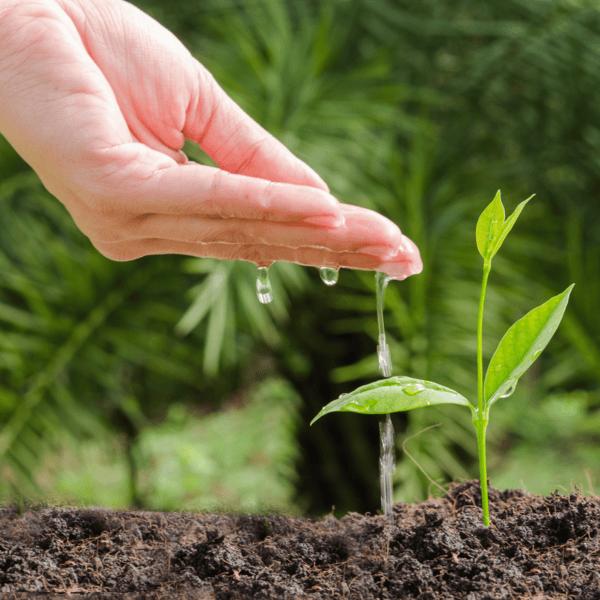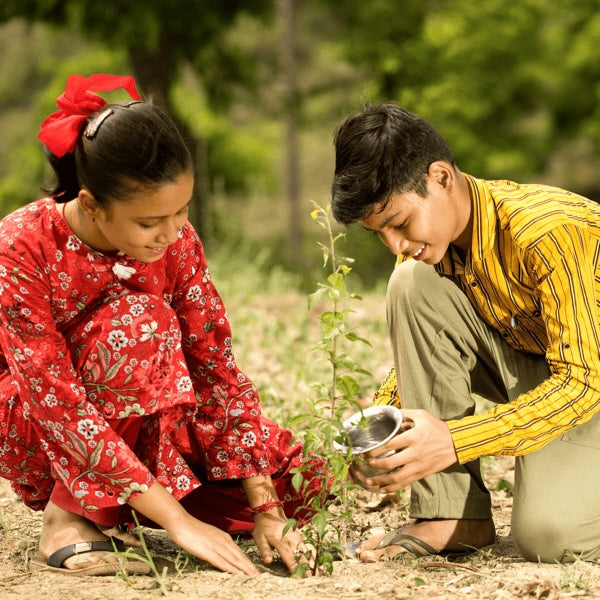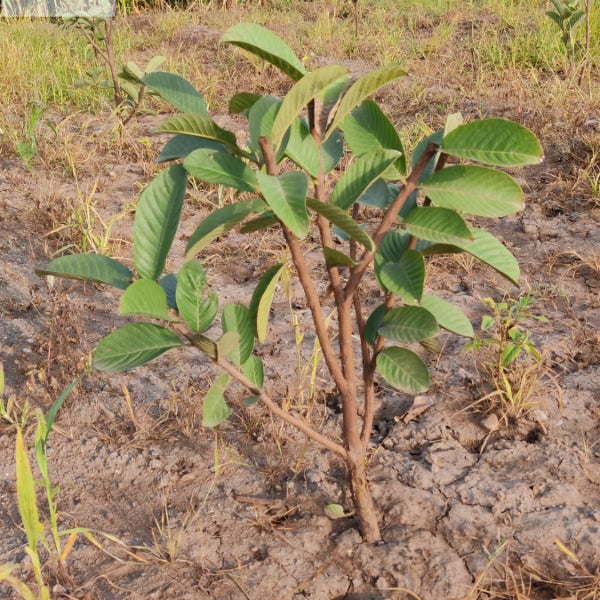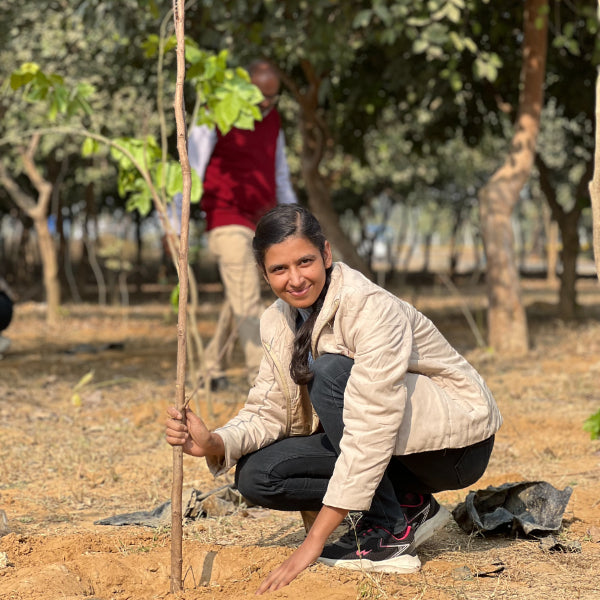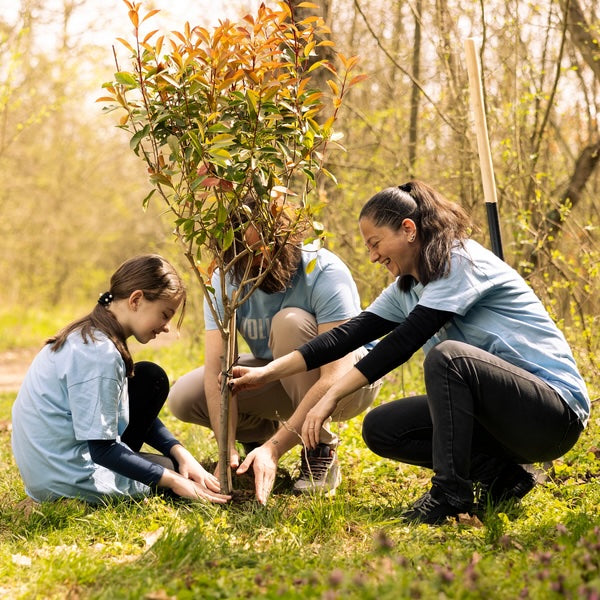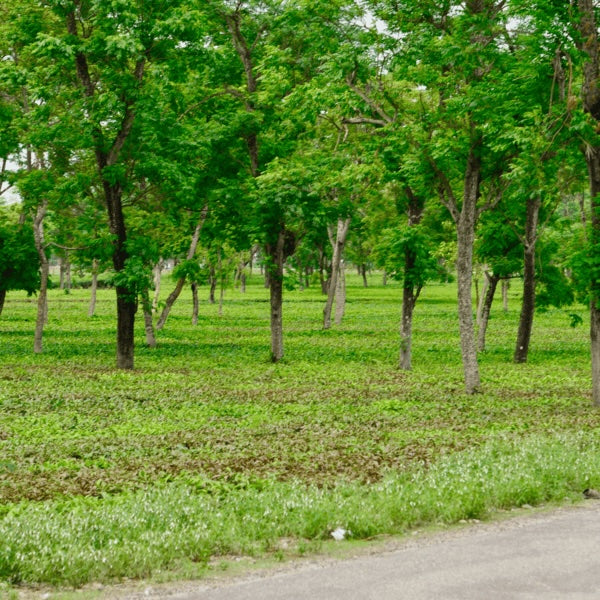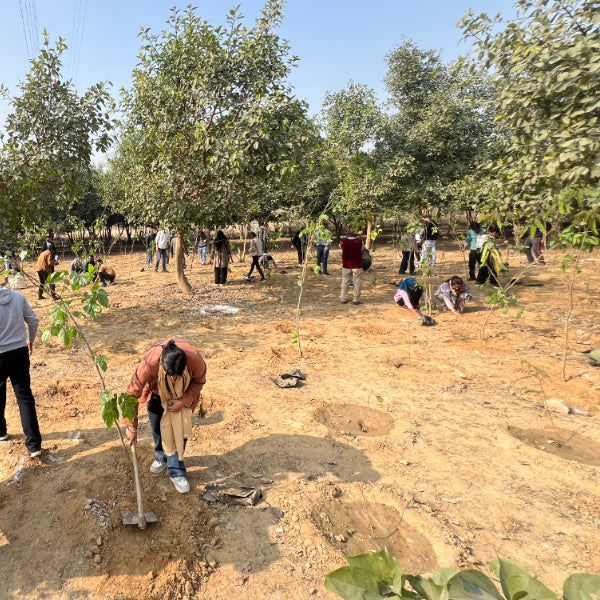The Role of Agroforestry in Achieving Corporate Sustainability Goals
In today’s era of climate change, dwindling resources, and rising global awareness, corporate sustainability goals are no longer optional—they’re a ne Read more
Connect with us
-
👥 Corporates
If you are looking for:
- 🌲 Tree Plantation Events
- 📊 CSR Projects
📧 corporate@growbilliontrees.com
📞 +91 9699723523
💬 +91 9325931304 WhatsApp (Only)
🕒 Mon - Sat | 10am - 7pm IST
-
🧩 Tree Plantation NGOs
If you are looking for:
- 💰 Financial Assistance
- 🤝 Operational Support
📧 support@growbilliontrees.com
📞 +91 9699723523
💬 +91 9325931304 WhatsApp (Only)
🕒 Mon - Sat | 10am - 7pm IST
-
🌼 Individuals
If you are looking for:
- 👥 Group Tree Plantation Drive
- 🌳 Bulk Tree Plantation
📞 +91 9699723523
💬 +91 9325931304 WhatsApp (Only)
🕒 Mon - Sat | 10am - 7pm IST
Trending
Trees for Corporates
The Role of Agroforestry in Achieving Corporate Sustainability Goals
In today’s era of climate change, dwindling resources, and rising global awareness, corporate sustainability goals are no longer optional—they’re a necessity.
Businesses across industries are recognizing that profitability and environmental responsibility can coexist. One powerful strategy that bridges economic growth with ecological restoration is agroforestry.
By integrating trees with crops and livestock, agroforestry not only helps restore the planet but also supports corporations in meeting their sustainability commitments.
In this article, we explore the role of agroforestry in achieving corporate sustainability goals, using scientific data, historical context, environmental impacts, and real-world examples.
We also highlight the initiatives by Grow Billion Trees, a key organization promoting and implementing agroforestry for businesses worldwide.
What Is Agroforestry and Why Does It Matter?
Agroforestry is a land-use management system where trees, crops, and livestock coexist, creating synergies that maximize land productivity while preserving ecological health.
It blends agriculture with forestry, offering solutions to climate challenges, biodiversity loss, and resource scarcity.
Agroforestry systems are diverse and include:
- Agro-Silviculture: Trees interplanted with crops.
- Silvo-Pastoral Systems: Trees integrated with livestock and grasses.
- Agro-Horticulture: Fruit-bearing trees paired with crops.
- Agroforestry for Timber: Growing timber trees with short-term crops.
This sustainable practice enables businesses to engage in climate action, carbon sequestration, and resource restoration while supporting local communities—critical pillars of corporate sustainability goals.
The Rise of Corporate Sustainability Goals
Corporate Sustainability Goals (CSGs) stem from the broader Sustainable Development Goals (SDGs) introduced by the United Nations in 2015. SDGs such as Climate Action (SDG 13), Life on Land (SDG 15), and Decent Work and Economic Growth (SDG 8) directly align with agroforestry initiatives.
Companies today are incorporating sustainability strategies to:
- Reduce Carbon Footprint: Achieving net-zero emissions through carbon sequestration.
- Enhance Biodiversity: Restoring ecosystems and promoting native tree species.
- Support Communities: Enhancing livelihoods of farmers and rural stakeholders.
- Improve Resource Management: Combating soil degradation and water scarcity.
Agroforestry emerges as a scalable solution that enables businesses to achieve these objectives cost-effectively while creating a positive environmental legacy.
Agroforestry’s Environmental Impact: A Scientific Perspective
1. Carbon Sequestration
Agroforestry systems absorb significant amounts of carbon dioxide (CO₂), making them effective carbon sinks. Research shows that agroforestry can sequester between 20-30 tons of CO₂ per hectare annually, depending on tree density and species.
2. Combating Soil Degradation
Tree roots in agroforestry systems prevent soil erosion, fix nitrogen, and enhance organic matter, improving overall soil health. According to studies, agroforestry reduces soil erosion by up to 40% compared to monoculture farming.
3. Water Conservation
Agroforestry promotes groundwater recharge and improves moisture retention, critical in drought-prone regions. Tree roots act like natural sponges, absorbing excess rainwater and reducing surface runoff.
4. Enhancing Biodiversity
Agroforestry integrates diverse species of trees, crops, and wildlife, creating balanced ecosystems. It provides habitats for birds, pollinators, and small mammals while reviving degraded landscapes.
5. Climate Resilience
Agroforestry systems create microclimates that shield crops from extreme weather conditions such as heatwaves, droughts, and heavy rains. This ensures stable food production even during climate shocks.
The Business Case for Agroforestry in Sustainability Goals
Businesses adopting agroforestry gain a competitive edge while aligning with their Environmental, Social, and Governance (ESG) frameworks. Here’s how agroforestry adds value:
1. Carbon Offsetting
Companies with high carbon footprints can invest in agroforestry projects to offset emissions. For example, planting 1 million trees can sequester over 500,000 tons of CO₂ over 10 years, a significant contribution to carbon neutrality.
2. Sustainable Supply Chains
Agroforestry enhances sustainable agriculture, benefiting industries like food, timber, pharmaceuticals, and textiles. For example, cacao, coffee, and tea plantations interplanted with native trees create healthier, more resilient supply chains.
3. Positive Brand Image
Consumers are increasingly prioritizing eco-friendly brands. Agroforestry showcases a company’s commitment to sustainability, improving its reputation and trust among stakeholders.
4. Local Community Empowerment
Investing in agroforestry supports farmers and rural communities through job creation, improved livelihoods, and food security—key aspects of corporate social responsibility (CSR).
5. Cost-Effective Environmental Action
Compared to reforestation or carbon capture technologies, agroforestry is cost-effective and offers immediate environmental and economic benefits.
Fun Facts About Agroforestry and Sustainability
- Agroforestry systems store up to 10 times more carbon than treeless farming systems.
- The famous shade-grown coffee is produced using agroforestry systems, benefiting biodiversity and coffee quality.
- Trees in agroforestry systems cool surrounding areas by 2-3°C, mitigating the urban heat island effect.
How Agroforestry Supports Global Companies
Many global corporations have already embraced agroforestry as part of their sustainability strategies.
- Nestlé: Partnered with farmers to plant trees in coffee plantations, improving carbon sequestration and soil health.
- Unilever: Promotes agroforestry for sustainable sourcing of tea and cocoa, reducing environmental impacts.
- PepsiCo: Supports agroforestry in its supply chain to improve water retention and farmer resilience.
By investing in agroforestry, businesses directly contribute to climate goals, biodiversity conservation, and economic growth for communities.
Grow Billion Trees: Leading Agroforestry Partnerships for Sustainability
Grow Billion Trees is an organization dedicated to promoting agroforestry to combat climate change, restore ecosystems, and improve rural livelihoods. They partner with corporations to design, execute, and monitor agroforestry projects that align with sustainability goals.
How Grow Billion Trees Executes Agroforestry Projects
-
Site Identification and Planning
Grow Billion Trees identifies degraded lands and works with local communities to develop customized agroforestry plans. -
Sapling Distribution and Plantation
High-quality saplings of native, timber, and fruit trees are provided to farmers. These trees are carefully chosen for their environmental and economic benefits. -
Farmer Training and Support
Workshops and training programs equip farmers with knowledge on tree planting, water conservation, and sustainable farming techniques. -
Carbon Accounting and Monitoring
Grow Billion Trees provides transparent carbon accounting to measure CO₂ sequestration, ensuring companies meet their offset goals. -
Community Engagement and Partnerships
By involving local stakeholders, Grow Billion Trees ensures long-term success and ownership of agroforestry projects.
Case Study: Agroforestry Success by Grow Billion Trees
In partnership with businesses, Grow Billion Trees has implemented agroforestry projects across India:
- Planted Over 10 Million Trees: Trees have restored degraded farmlands, improved soil quality, and sequestered significant carbon emissions.
- Empowered 25,000+ Farmers: Farmers have seen incomes rise by 30-40% through diversified agroforestry systems.
- Restored 20,000 Hectares: Degraded landscapes have been transformed into lush, productive ecosystems.
- Sequestered 5 Million Tons of CO₂: Agroforestry projects have played a pivotal role in climate action for corporate partners.
Agroforestry: A Long-Term Vision for Corporate Sustainability
Looking forward, agroforestry has immense potential to help corporations achieve their sustainability goals:
- By 2030, agroforestry could sequester over 1 billion tons of CO₂ annually globally.
- Companies investing in agroforestry can improve ESG ratings, attract sustainable investors, and enhance brand loyalty.
- Agroforestry’s role in nature-based solutions positions it as a key tool in global climate strategies, offering economic and environmental wins for corporations.
Conclusion
Agroforestry is more than planting trees—it’s a strategic solution that enables corporations to achieve sustainability goals while contributing to ecological balance and community empowerment.
From carbon sequestration and soil restoration to enhancing biodiversity, agroforestry offers measurable environmental and economic benefits that align with corporate commitments.
Grow Billion Trees is a pioneer in promoting agroforestry, partnering with businesses to design impactful projects that restore the planet and support rural livelihoods.
By investing in agroforestry, companies can lead the way in creating a sustainable, green future where profit and purpose go hand in hand.
Agroforestry isn’t just a corporate sustainability solution—it’s the bridge between environmental restoration and a thriving global economy.
Carbon Sequestration in Agroforestry
Agroforestry is nature’s carbon sponge, absorbing CO₂ while businesses meet net-zero targets. A hectare of agroforestry can sequester up to 30 tons of CO₂ annually—helping companies reduce emissions and flaunt their green credentials in style.
Agroforestry for Sustainable Supply Chains
For brands sourcing coffee, cocoa, or tea, agroforestry ensures resilient crops and healthy ecosystems. It’s like building a supply chain that’s bulletproof against climate chaos while meeting corporate sustainability goals.
Biodiversity Restoration through Agroforestry
Agroforestry invites pollinators, birds, and wildlife back into the landscape. Think of it as turning barren lands into biodiversity party zones while businesses get applauded for protecting ecosystems.
Soil Health Improvement in Agroforestry
Agroforestry heals the earth, boosting soil fertility and reducing erosion. Companies investing here score sustainability points while their “eco-warrior” image takes root.
Water Conservation with Agroforestry Systems
Trees in agroforestry recharge groundwater, reduce runoff, and combat droughts. It’s water-saving magic that helps companies align with global water stewardship commitments.
Timber and Fruit-Based Agroforestry
Timber trees like teak and eucalyptus paired with fruits like mango or guava offer long-term sustainability. Companies get eco-friendly materials and carbon credits, all wrapped in green profits.
Agroforestry for Community Empowerment
Agroforestry boosts farmer incomes, creating empowered, thriving rural communities. For businesses, it’s not just CSR—it’s changing lives while meeting SDG goals.
Climate-Resilient Agriculture through Agroforestry
Agroforestry shields crops from heatwaves and floods, ensuring food security. It’s a game-changer for businesses that care about future-proofing their agricultural investments.
Agroforestry for Carbon Offsetting
Planting trees and integrating crops allows businesses to offset emissions cost-effectively. Carbon-neutral goals? Check. Positive PR? Double-check.
Agroforestry for Circular Economy Goals
Agroforestry produces zero waste—timber, fruits, fodder, and biomass all find uses. It’s nature’s circular economy blueprint helping businesses stay sustainable and resource-efficient.
Agroforestry and Sustainable Urban Landscapes
Corporates can turn urban fringes into green havens with agroforestry. The result? Lower urban heat islands, cleaner air, and sustainability bragging rights.
Grow Billion Trees Agroforestry Partnerships
Grow Billion Trees creates win-win agroforestry solutions for companies. From carbon sequestration to community support, businesses can hit every sustainability milestone with measurable impact.
You may like
Corporate Plantations
FAQ
What is agroforestry and how does it help corporate sustainability goals?
Agroforestry combines trees, crops, and livestock to restore ecosystems and sequester carbon. At Grow Billion Trees, we make it a perfect strategy for companies to meet climate goals while promoting biodiversity and community empowerment.
How does agroforestry contribute to carbon offsetting?
Agroforestry systems absorb up to 30 tons of CO₂ per hectare annually. Grow Billion Trees designs impactful projects for companies to offset emissions while creating thriving, green landscapes.
Can agroforestry improve biodiversity for sustainability initiatives?
Yes! Agroforestry restores habitats for birds, insects, and pollinators. At Grow Billion Trees, we turn degraded lands into biodiversity havens, helping companies achieve environmental restoration targets.
What are the economic benefits of investing in agroforestry?
Agroforestry generates timber, fruits, and fodder while creating jobs for rural communities. Grow Billion Trees ensures businesses make eco-friendly profits while improving local economies.
How does agroforestry align with water conservation goals?
Trees in agroforestry systems recharge groundwater, improve soil moisture, and reduce runoff. Grow Billion Trees empowers businesses to contribute to global water stewardship.
Is agroforestry cost-effective for achieving sustainability goals?
Absolutely! Agroforestry offers immediate environmental and economic benefits. At Grow Billion Trees, we deliver scalable, affordable solutions to help businesses hit their green milestones.
How does agroforestry support climate resilience?
Agroforestry shields crops from extreme weather, reduces heat stress, and stabilizes soils. Grow Billion Trees creates projects that future-proof agriculture and ecosystems for businesses and communities.
How can agroforestry benefit corporate supply chains?
Agroforestry supports sustainable sourcing for products like coffee, tea, and timber. Grow Billion Trees partners with companies to build resilient, eco-friendly supply chains.
What role does agroforestry play in achieving net-zero goals?
Agroforestry sequesters carbon naturally, helping businesses offset emissions and meet net-zero targets. Grow Billion Trees creates verified carbon projects that deliver measurable impact.
How does agroforestry empower rural communities?
By improving farmer incomes, creating jobs, and enhancing food security. Grow Billion Trees ensures agroforestry projects uplift communities while supporting corporate social responsibility goals.
Can agroforestry improve soil health and productivity?
Yes! Tree roots enrich soil, reduce erosion, and fix nitrogen. Grow Billion Trees promotes agroforestry systems that restore soil health, boosting long-term productivity for farmers and ecosystems.
How does Grow Billion Trees help businesses implement agroforestry projects?
Grow Billion Trees provides end-to-end solutions—planning, planting, monitoring, and reporting. Our projects help businesses achieve sustainability goals while leaving a lasting, green impact.

